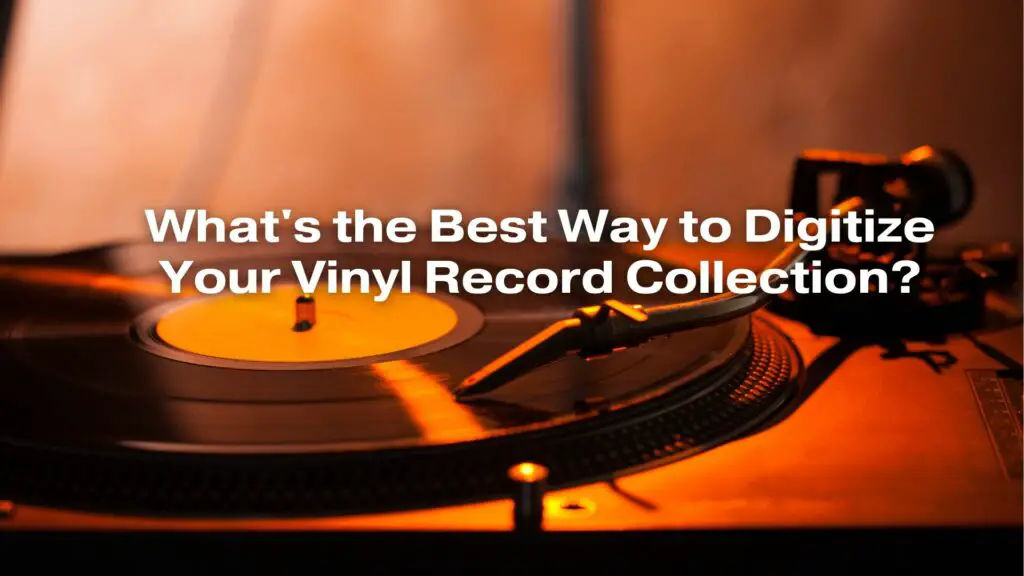Digitizing your vinyl record collection allows you to enjoy your music in a digital format, making it more accessible and portable. To ensure the best results when digitizing your vinyl records, follow these steps:
1. Gather the Necessary Equipment:
You will need the following equipment for digitizing vinyl records:
- A turntable: Ensure it’s in good working condition and has a good-quality cartridge and stylus.
- A phono preamplifier (if your turntable does not have a built-in preamp): This device boosts the phono-level signal to line-level.
- A computer with audio recording software: You can use a digital audio workstation (DAW) like Audacity, Adobe Audition, or GarageBand.
- Audio interface: Connects your turntable to the computer and converts analog audio to digital. Choose one with good analog-to-digital converters for optimal sound quality.
- Cables and adapters: Ensure you have the necessary cables to connect your turntable to the preamp and the preamp to the audio interface.
2. Set Up Your Turntable:
Ensure your turntable is set up correctly, including correct tracking force and anti-skating adjustments. A well-calibrated turntable produces better results.
3. Clean Your Records:
Before digitizing, clean your vinyl records to remove dust and debris. Use a carbon fiber brush or a record cleaning kit for this purpose.
4. Configure Your Recording Software:
Set up your recording software with the following configurations:
- Choose a high-quality audio format for recording (e.g., 24-bit, 96 kHz) to capture the full audio quality of your records.
- Select the appropriate input source on your audio interface.
- Adjust recording levels to prevent clipping. You want to capture the audio at the highest level possible without distortion.
- Create a new project or session in your recording software for each vinyl record.
5. Start Recording:
Place the vinyl record on your turntable and cue it up to the starting point of the track you want to digitize. Start the recording in your software and begin playback on the turntable.
6. Monitor and Adjust:
While recording, monitor the audio for any issues such as clipping or excessive noise. Make adjustments as necessary to maintain the quality of the recording.
7. Split and Label Tracks:
After recording, use your software to split the recorded audio into individual tracks. Label each track with the corresponding song title and artist.
8. Post-Processing:
Consider using audio editing software to clean up the recording. This may involve removing clicks, pops, and background noise, as well as equalization and dynamic range compression if needed.
9. Export to Digital Format:
Export your digitized tracks to your preferred digital audio format (e.g., WAV, FLAC, MP3). Ensure you select a high-quality format if you want to preserve the audio fidelity of your vinyl records.
10. Organize Your Digital Collection:
Finally, organize your digitized music in a way that suits your preferences, whether by artist, album, or genre. Make backups of your digital collection to ensure you don’t lose your hard work.
Digitizing your vinyl record collection can be a time-consuming process, but it allows you to enjoy your music in a more convenient and portable way. By following these steps and taking care with your equipment and software settings, you can ensure the best results and preserve the audio quality of your vinyl records.

